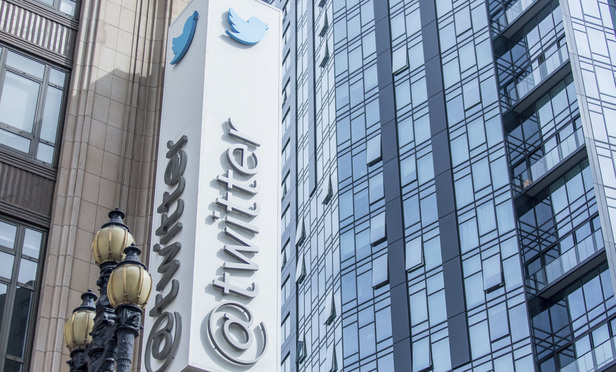On June 28, 2006, Judge William Shubb of the Eastern District of California was presiding over a complicated tax case. Just as a lawyer launched into his argument, the courtroom was filled with a familiar sound: a cell phone ringtone. Many of us can understand what the judge did next. “[H]is robes just flying in the wind,” he descended from the bench, seized the offending phone and hurled it out the door.
Cell phones obviously have tremendous potential to frustrate court proceedings. But thanks to mass communications platforms like Twitter and WordPress, they—and similar devices like iPads and Chromebooks—can also inform thousands of followers simultaneously about the legal process and the latest substantive developments in cases of interest. Surprisingly, court rules about the permissibility of Tweeting in court differ greatly, even within the same state or county. These differences come from a lack of clarity about how old rules of “media coverage” translate to the Twitter Age and a narrow (and arguably outdated) view of what cell phones can or should be used for. But they also reflect the enduring conflict between the public’s right to know and the obtrusiveness of newsgathering in the courtroom.
“Broadcasting” and Twitter
This content has been archived. It is available through our partners, LexisNexis® and Bloomberg Law.
To view this content, please continue to their sites.
Not a Lexis Subscriber?
Subscribe Now
Not a Bloomberg Law Subscriber?
Subscribe Now
LexisNexis® and Bloomberg Law are third party online distributors of the broad collection of current and archived versions of ALM's legal news publications. LexisNexis® and Bloomberg Law customers are able to access and use ALM's content, including content from the National Law Journal, The American Lawyer, Legaltech News, The New York Law Journal, and Corporate Counsel, as well as other sources of legal information.
For questions call 1-877-256-2472 or contact us at [email protected]



